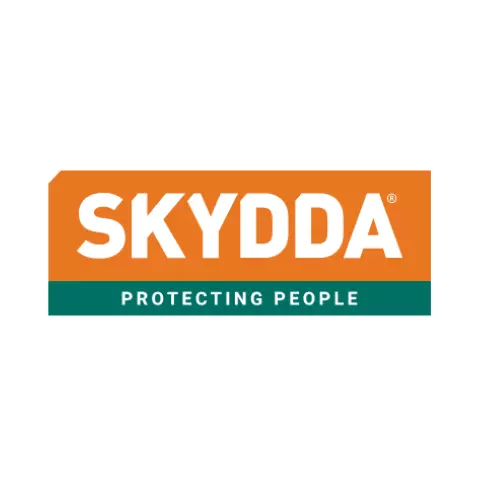Guide Cut Protection Glove
4.9 / 5
Skydda logo
Skydda
visit storeProduct description
Lateral cut resistant glove with nitrile. Cut protection class 5 Seamless aramid and glass fibre. Semi-coating Approvals: EN 388 3 X31 C, EN 407 X2 XXXX, EN 511 X1 X
- Heat & Flame Resistance
- Cold Protective
- Cut Resistant
- Hand Protection
Request a free sample
Test first and buy later. Visit any product page to request your free sample.
Standards and labels
Skydda delivery terms
Free delivery when you order more than 1 650,00 kr from Skydda
Supplier shipping fee 55,20 kr
Brand minimum 0,00 kr
Prices excl. VAT
1 330,06 kr
Price per 6 pairs
221,68 kr / pair
Estimated delivery: Aug 29 - Sep 1
Minimum: 1 packageChoose quantity
7
8
9
10
11
Add 1 to reach minimum
Shipping fee is 55,20 kr for orders under 1 650,00 kr
A package contains 6 pairs
View packaging details
Need larger quantities?
Other products you may like
Recently viewed
Other products you may like
Similar products you may like
Autonomous sourcing platform
The most efficient way to source and order supplies for your operations
Sourcing
Find all possible options within Europe in one place
Tap into the purchasing power of 1000s of customers
Set Price Alerts for your products and volumes
Ordering
Single process to order for your suppliers
Centralize orders to reduce admin work
Easily coordinate orders with your team



